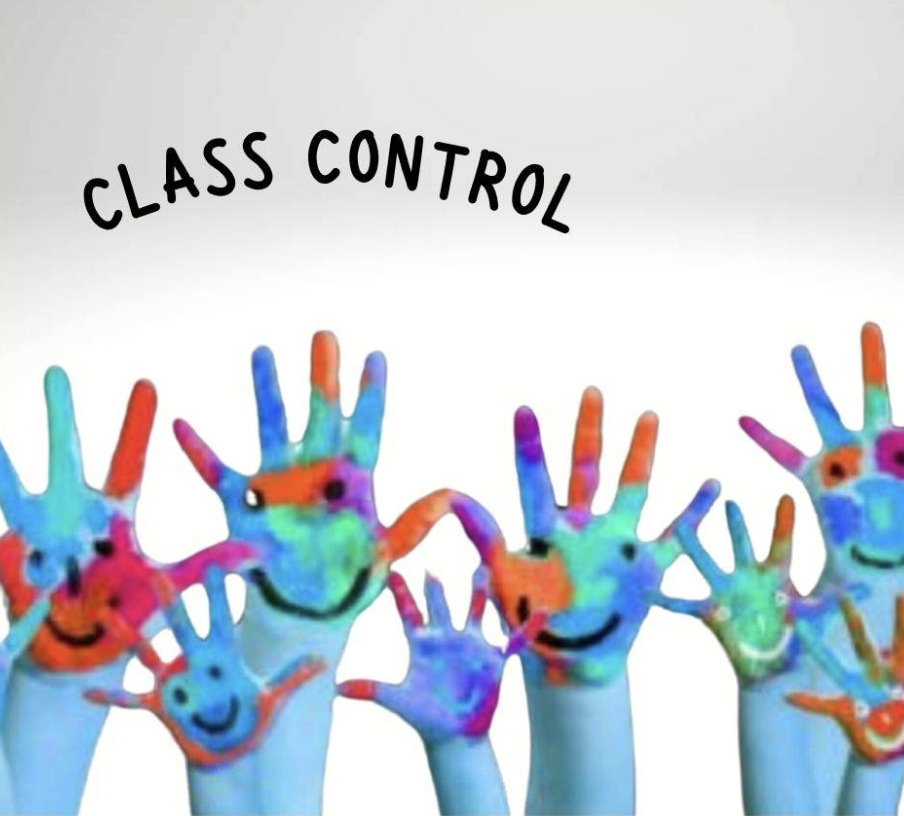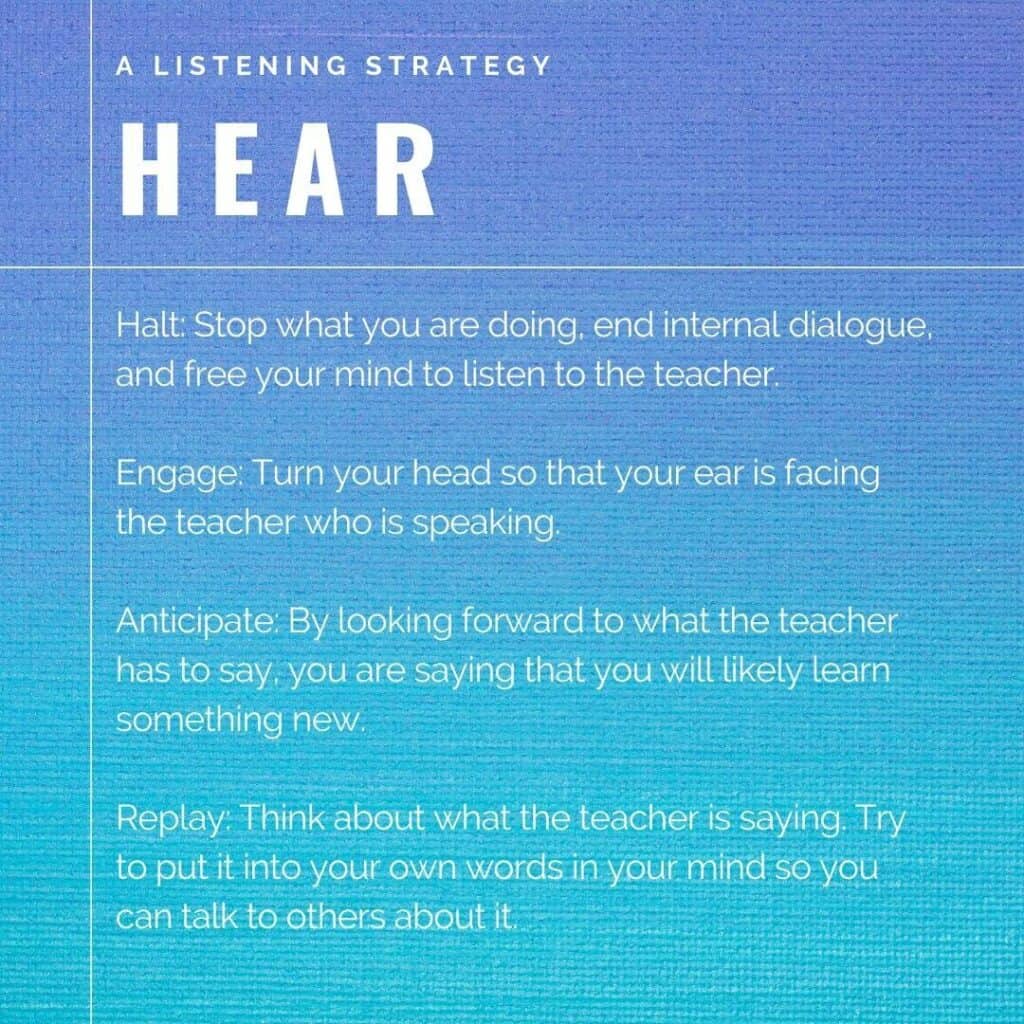5 Strategies for Classroom Management that Work

Are there any strategies for classroom management that truly work? It’s a question many of us ask after a student undermines us or refuses to listen. After years of trial and error, I’ve found solutions that work—even with challenging behaviours. Let me share five practical strategies that helped one of my students achieve better outcomes.
Behaviour issues
“Miss! Tim took my yellow chair, but I chose it first!” cried Anna. Tim, red-faced, shouted back, “It’s mine! I didn’t do anything!”
“That’s enough,” I said calmly yet firmly. Both students quieted down, waiting for my next move. The other students in the room were equally focused.
Tim’s behaviour was becoming disruptive, and I needed to find a solution before it escalated. Removing the chairs entirely seemed drastic, but something had to change. After hearing other students corroborate Anna’s story, Tim reluctantly admitted to taking the chair, apologised, and returned it.
Moments later, however, Tim was calling out again. “Miss, did you know that?” I reminded him about raising his hand before speaking, and he apologised. But this pattern of interruptions persisted. I decided to try several strategies for classroom management I’d used successfully in the past.

1 – Real presence
The emotional state of a teacher affects the entire classroom. Entering your class with focus and presence can set the tone for better behaviour. Forget about external problems and be fully present. Students notice when you’re engaged, and they tend to reflect that energy back.
With Tim, this worked during whole-class activities, but his behaviour during group work remained disruptive.

2 – Marbles in a jar
I tried the old ‘Marbles in the Jar’ trick that has always worked amazingly well every time an off-task behaviour occurred. I’ve used it in many different contexts, but for Tim, it didn’t. He played with them instead. He was having a ball with his mates! Not exactly my plan. Out goes another strategy for classroom management.
I could have stood my ground, but I needed something that would nip Tim’s behaviour in the bud so that both he and the other students could get on with learning and not be disturbed every few minutes.
3 – Eye Contact
One of the simplest yet most effective strategies for classroom management is eye contact. A calm, direct look conveys your expectations and can stop inappropriate behaviour in its tracks.
For Tim, eye contact often worked to halt his interruptions. It wasn’t a perfect solution, but it helped him reconsider his actions without feeling judged.
You could say, sit him on his own and not let him participate, but just because he was a student with ASD (Autism spectrum disorder) did not mean he should be punished.

4 – I also tried a listening strategy named HEAR
I took the time to teach Tim this 4 step strategy for classroom management called ‘HEAR’. It’s discussed by Donna Wilson and Marcus Conyers in their article, Training the Brain to Listen: A Practical Strategy for Student Learning and Classroom Management’.
The student learns these four steps: halt, engage, anticipate, and replay. In short: stop what you’re doing, turn to your teacher, look expectantly at your teacher, and think about what he/she is saying.
While HEAR helped most of the time, it wasn’t foolproof. When I was engaged with another group and out of his immediate line of sight, Tim’s interruptions would resurface.
5 – A simple strategy for classroom management
I introduced a new strategy to Tim: the Bead Strategy. I handed him a string of 20 beads and explained, “Each time you interrupt, I’ll take away a bead. If you lose all the beads, you won’t be allowed to ask questions or talk with your peers for the rest of the day.
At first, Tim continued interrupting, and I steadily collected beads. By recess, he had only five left. When he returned to class, I noticed him holding the beads, counting them, and rubbing them between his fingers. The realisation of what losing all the beads meant was sinking in.

From that point on, Tim started to regulate his behaviour. Over time, we reduced the beads to five per day, which was a clear sign of his progress. This simple strategy turned out to be one of the most effective tools for curbing Tim’s off-task behaviour.

X-tra strategy – Classroom Economy Incentives
Tim loved our classroom economy system, where students earned “cat dollars” for good behaviour. While it didn’t entirely curb his interruptions at first, combining the economy system with the Bead Strategy proved to be a winning formula.
He became more mindful of his actions, knowing that losing beads could affect his rewards. The combination of tangible consequences and positive reinforcement worked wonders over time.
The Bigger Picture: Party Breakers
Every class has at least one “party breaker”—a student who challenges the rules, seeks attention, or disrupts the flow of the lesson. The key is not to take this behaviour personally. Instead, focus on finding strategies for classroom management that address the root of the issue while fostering positive behaviour.
Did it work?
With patience and persistence, these strategies helped Tim significantly improve his behaviour. The Bead Strategy was particularly effective, as it provided an immediate, tangible reminder of his choices. Over time, Tim became more engaged and respectful, allowing the entire class to benefit from a more focused learning environment.
Final thoughts
There are countless strategies for classroom management, and not every approach will work for every student. The important thing is to keep trying, stay patient, and pay attention to your students’ needs.
Do you have a favourite strategy for managing classroom behaviour that works like magic? Share it in the comments below—I’d love to learn from your experiences!

My first year of teaching I struggled with taking everything that was thrown at me as personal. It killed all of my self-esteem and instead of closing myself off I talked to other more experienced teacher friends and they helped me realize that the things students and parents may say to me should not be taken to heart. A lot of it is said out of frustration and ignorance. I need to look past it and give the students my best no matter what.
Oh Elianna, I’m so glad you found some experienced teacher friends to share with. I know one teacher who recently gave up teaching completely for that very reason. It so soul destroying and it s so easy to take on wrong messages. You should visit contact Matt @ imanewteach.com